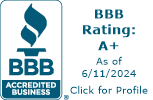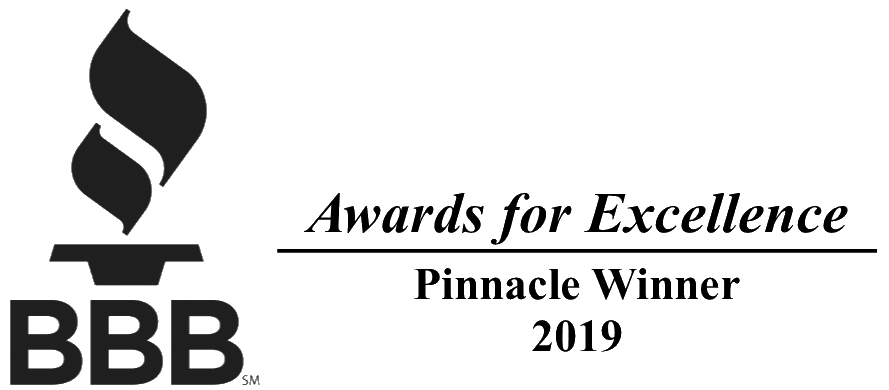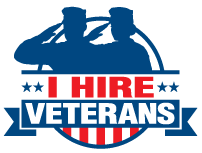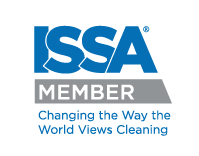Checklist For COVID-19 School Safety
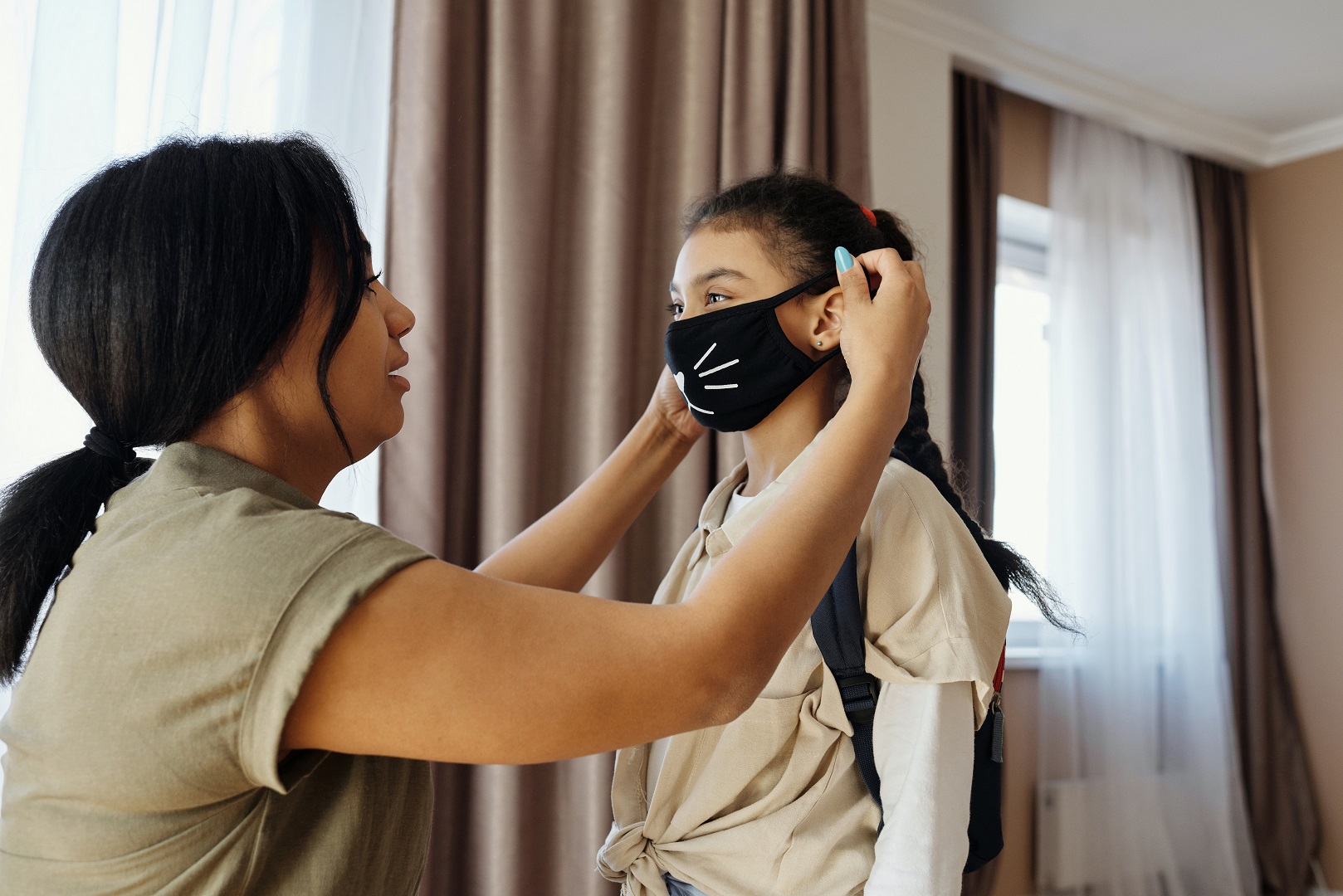
Your child’s safety is always your number one priority, and that certainly is the case during the coronavirus pandemic. As the 2020 school year begins, it’s important to know that your child’s school is taking the proper safety precautions if they are holding classes in-person. Here we’ve compiled a checklist of proper COVID-19 procedures to keep in mind.
Coronavirus Safety Procedures For Parents
- Take your child’s temperature each morning before school. If they have a temp above 100.4 degrees, keep them home.
- Make sure your child does not exhibit common symptoms of COVID-19 including:
- cough
- sore throat
- nausea/vomiting
- headache
- diarrhea
- Notify the proper staff members if your child does become sick.
- Do NOT allow your child to attend school if they have come into contact with somebody who has tested positive for coronavirus. Ask your school about potential online learning during quarantine.
- Find a local testing site in case your child does exhibit symptoms.
- Ensure your child has their flu vaccine.
- Practice proper hand washing frequently at home and encourage it at school. If your child is old enough, give them some hand sanitizer to keep on their keychain or in their backpack to use in a pinch if soap is unavailable.
- Pack a water bottle to avoid using drinking fountains.
- Equip your child with a cloth facemask and educate them on the importance of wearing it at all times.
Coronavirus Safety Protocols for Schools
- Require students and faculty to wear face masks.
- Prohibit handshaking and encourage social distancing measures.
- Frequent hand washing should be practiced.
- Restructure classroom and cafeteria layouts to make physical distancing guidelines easy to follow and minimally disruptive.
- Install signage throughout the building to remind everyone of new safety protocols in place.
- Regularly disinfect high-touch areas.
- Desks
- All door knobs and handles, in rooms or otherwise
- Toilets, faucets, and sinks
- Vending machines
- Elevator buttons
- Stairway hand railings
- Telephones
- Light switches
- Tabletops
- Provide hand sanitizer in each classroom and bathroom with at least 60% alcohol or install sanitization stations in the hallways
- Encourage respiratory etiquette by providing ample tissues and no-touch trash receptacles
- School cafeterias should employ the same safety and cleaning standards as restaurants, including providing wrapped plastic silverware, no coverings at tables (unless they’re disposable), etc.
- Hand dryers in bathrooms should not be used
- Stay up-to-date on state and CDC guidelines
Aftermath Services: Your Commercial Coronavirus Disinfection Experts
Aftermath Services offers the industry’s only coronavirus (COVID-19) disinfection program with verifiable surface testing. Added surface testing provides a new level of measurability and is critical to both proactive controls and the efficacy of containment measures.
The safety of you and your family is our top priority; and disease outbreak is an extremely serious situation. If a COVID-19-impacted area is not properly disinfected, it could lead to further virus transmission. If your school does not practice the safety standard outlined by organizations like the CDC, students and staff are at an increased risk of exposure. That’s why we are one of the only companies that uses chemicals that have been approved by the EPA to kill the coronavirus. We provide comprehensive coronavirus disinfection services to make sure the virus has been eradicated. If you have any questions, we can explain the entire virus disinfection process from start to finish.
For more information on how we clean visit our COVID-19 webpage or call us with additional questions at 877-769-6917.
 877-872-4339
877-872-4339  Contact Us
Contact Us 